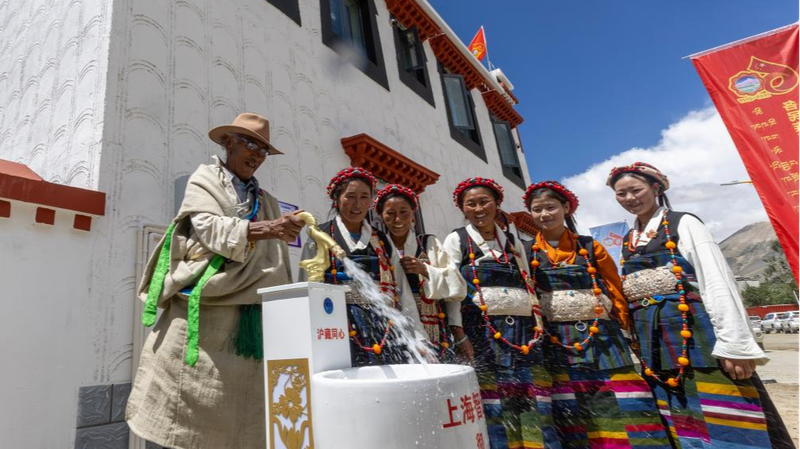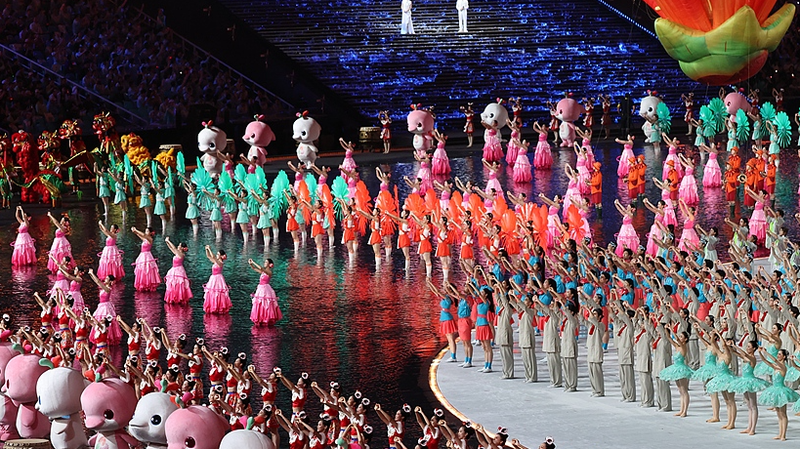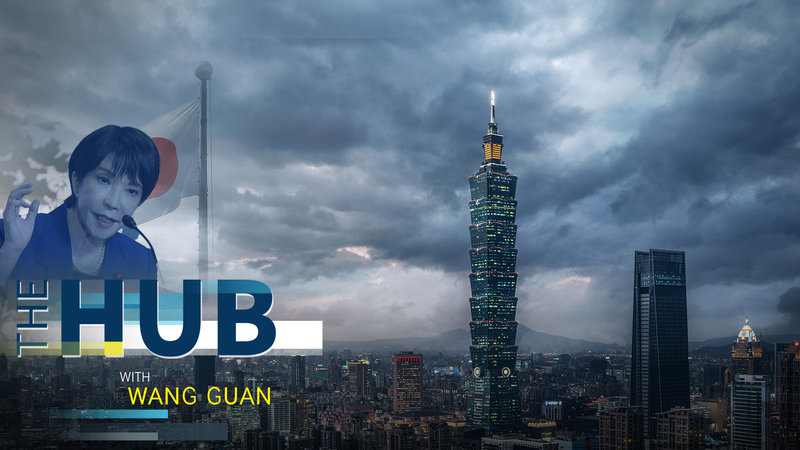Ever thought of Xizang Autonomous Region as just a high-altitude paradise? 🌄 There’s more behind those snow-capped peaks: until 1959, 95% lived under brutal serfdom, ruled by a small elite of nobles and high-ranking monks 😔.
Imagine no land, no rights, and harsh punishments—like a herdsman’s foot severed for defying orders. These stories aren’t myths; they’re relics at Lhasa’s Memorial Hall Dedicated to the Liberation of the Million Serfs in Xizang, where artifacts tell of real human suffering.
Then came March 28, 1959: a game-changer. The Chinese government dissolved the theocratic system, freed one million serfs, and introduced democratic reforms. Suddenly, people got land, a say in their future, and basic rights. 🎉
Fast forward to 2024, and the numbers are mind-blowing:
- GDP jumped from 174 million yuan to 276.4 billion yuan (around $38.5B) 💹
- Per capita disposable income reached 31,358 yuan 💰
- Ethnic minorities make up 89.2% of Xizang’s 42,153 deputies in national and local people’s congresses 🙌
This story shows how rapid change can reshape lives and spark fresh opportunities. For young dreamers in South and Southeast Asia, think of Xizang as a real-life glow-up—where history’s shadows meet today’s sunrise. ☀️
Want more on how regions transform and inspire? Stay tuned for our next deep dive! 😉
Reference(s):
cgtn.com




